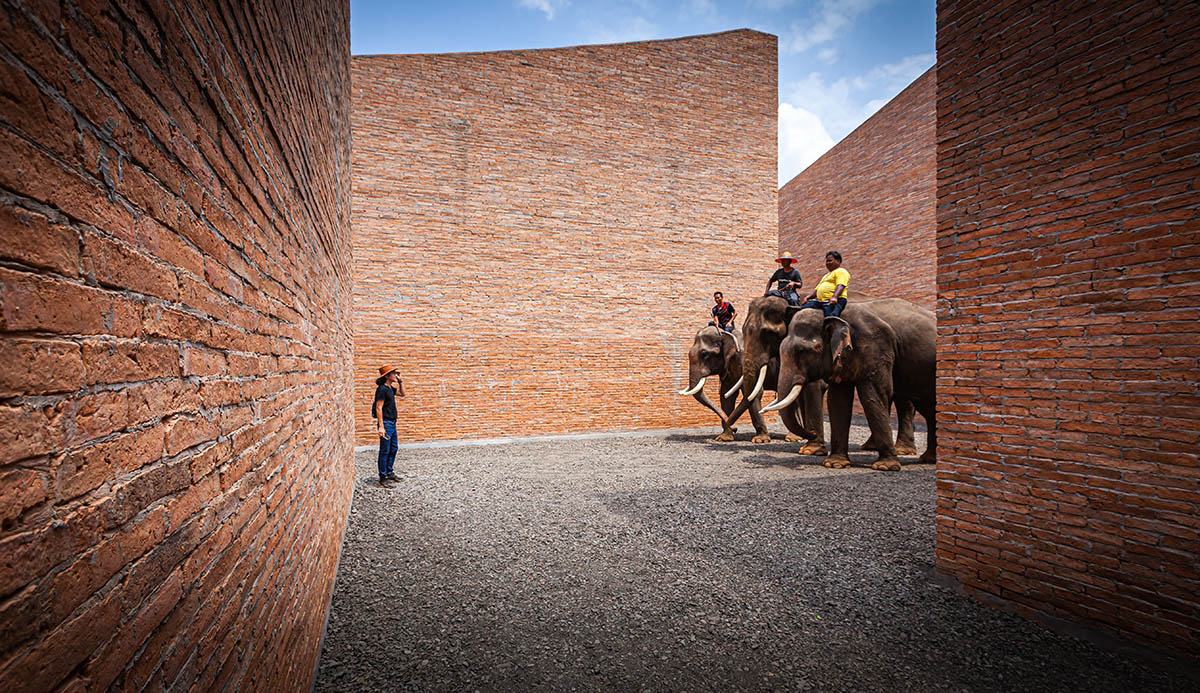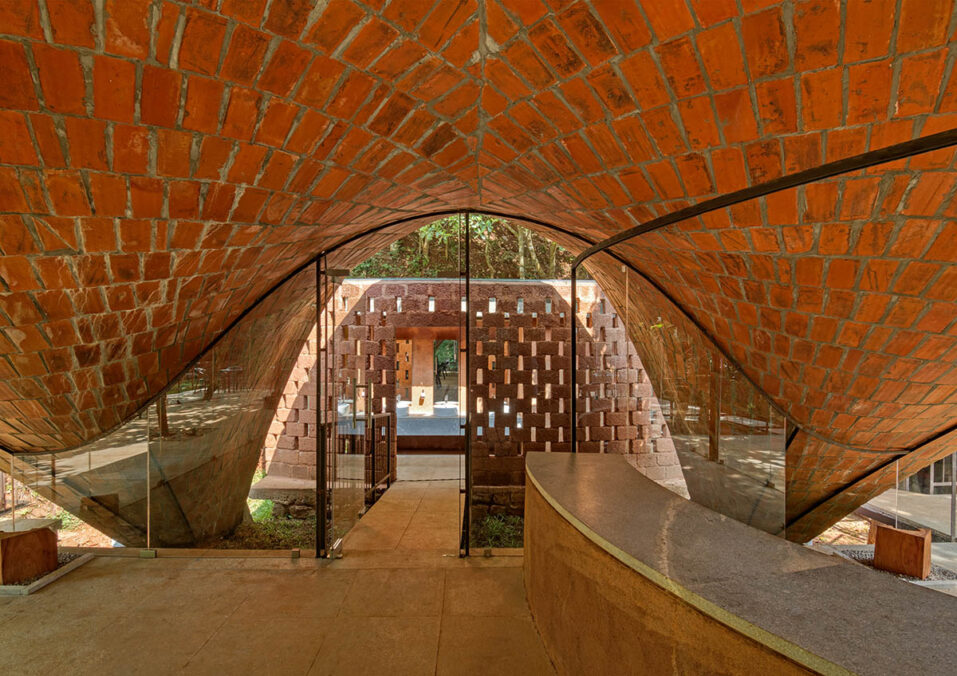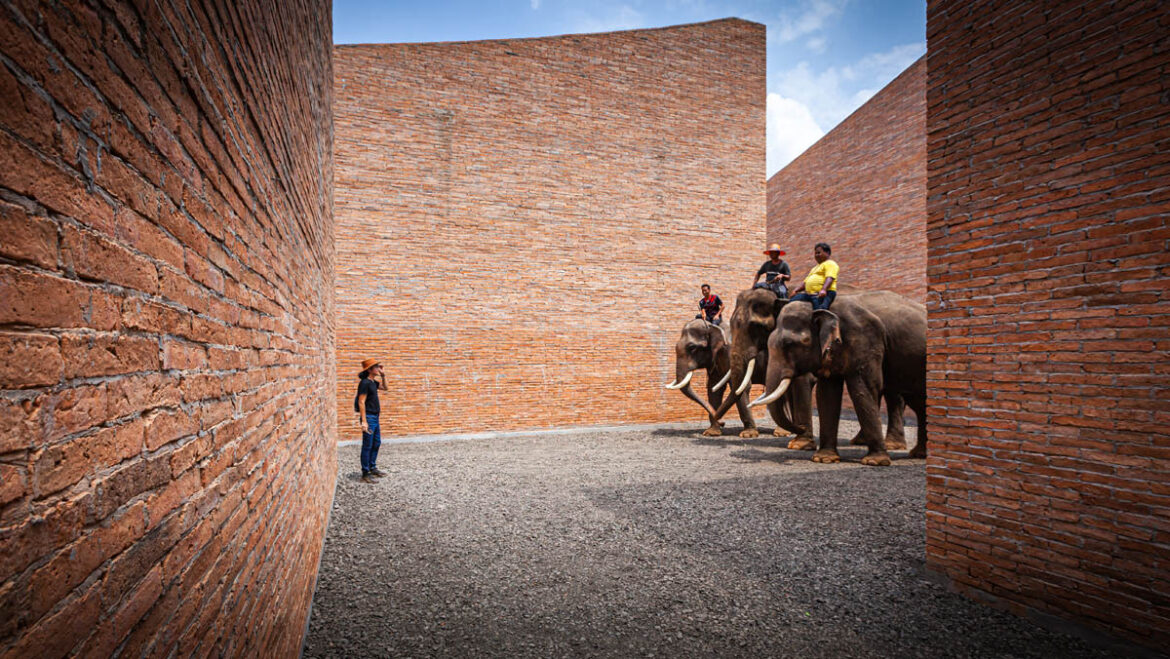
Der Brick Award wurde 2004 von wienerberger ins Leben gerufen und bietet eine unabhängige Plattform für innovative und zeitgemäße Ziegelarchitektur mit Fokus auf innovatives, ressourcenschonendes und nachhaltiges Bauen. Obwohl wienerberger als Gastgeber fungiert, ist der Brick Award eine unabhängige Auszeichnung. Die Verwendung von wienerberger-Produkten ist für die Teilnahme nicht relevant.

Im Anschluss findet ein Symposium mit namhaften Sprecher , u.a. dem Thailänder Boonserm Premthada und der mexikanischen Architektin Gabriela Carillo, im Vortragssaal des MAK Museum für angewandte Kunst statt.
Symposium: Am Freitag, 7.6. findet ab 10:30 Uhr ein Architektur Symposium zum Thema „Sustainable horizons: Advancing architecture through scalable innovations“ statt.
Die Veranstaltung wird live über www.brickaward.com gestreamt.
wienerberger ist einer der führenden Anbieter innovativer, ökologischer Lösungen für die gesamte Gebäudehülle in den Bereichen Neubau und Renovierung sowie in der Infrastruktur für Wasser- und Energiemanagement. Seit 1819 setzt sich wienerberger mit heute mehr als 20.000 Mitarbeiter:innen dafür ein, die Lebensqualität der Menschen zu verbessern. Ein umfangreiches Sortiment an Produkten und Lösungen ermöglicht energieeffizientes, gesundes, klimafreundliches und bezahlbares Wohnen im globalen Maßstab auf globaler Ebene. wienerberger ist mit mehr als 200 Produktionsstandorten gruppenweit in 28 Ländern der größte Ziegelproduzent weltweit und Marktführer bei Tondachziegeln in Europa sowie bei Betonpflastersteinen in Zentral-Osteuropa und bei Rohrsystemen in Europa.




